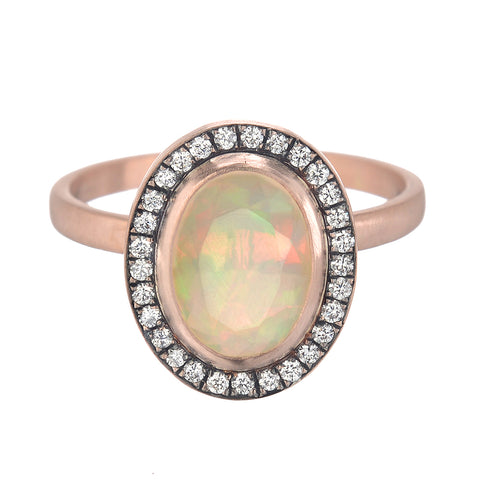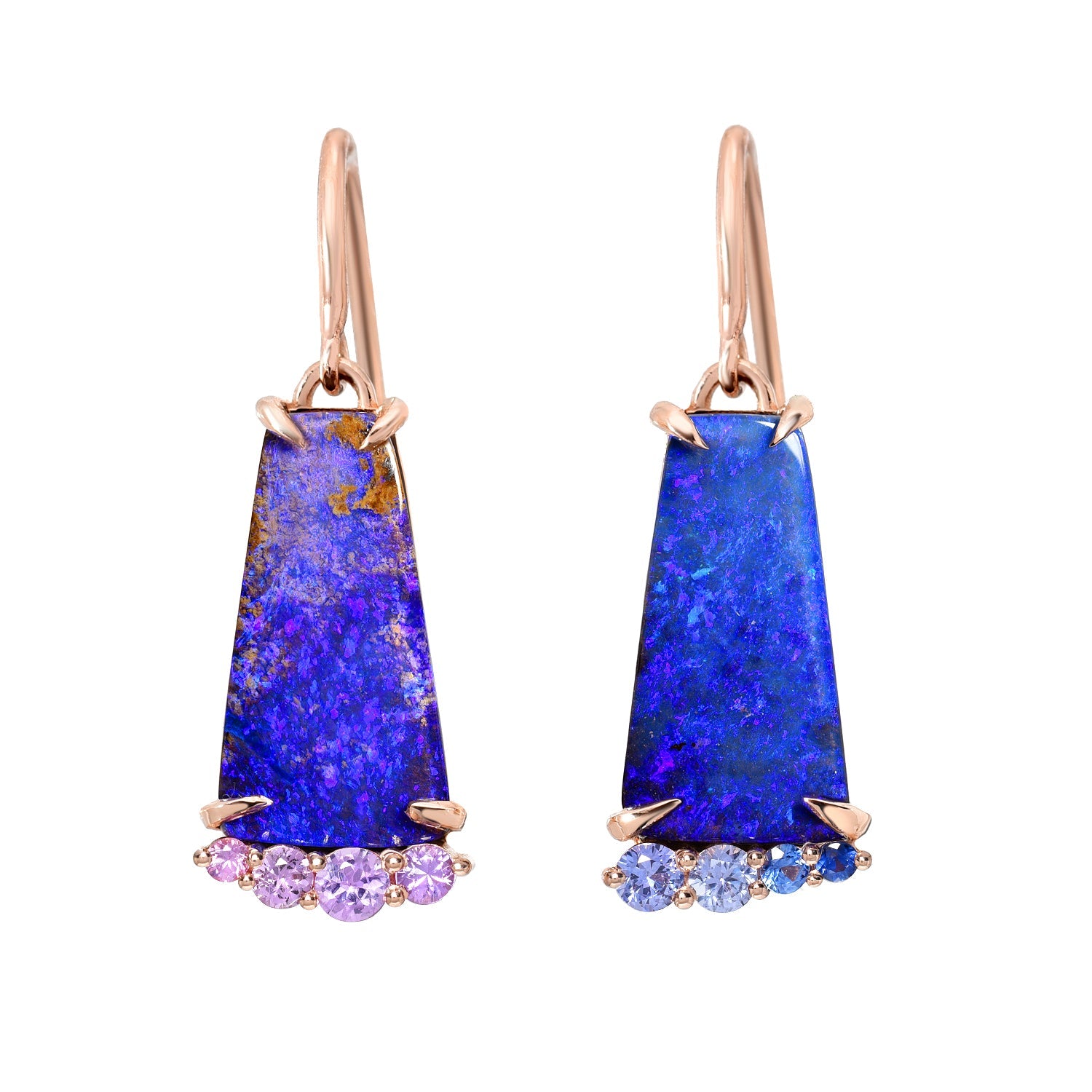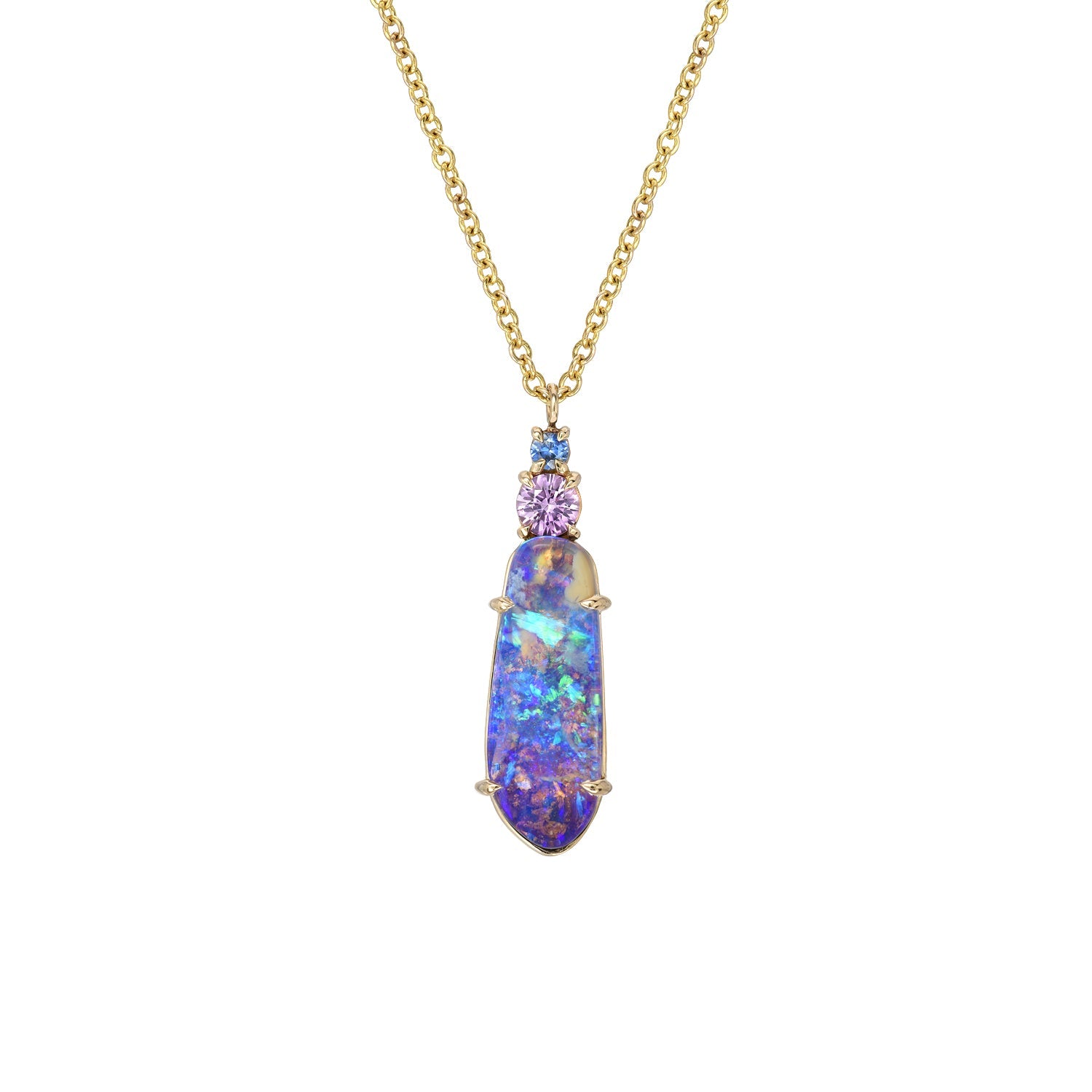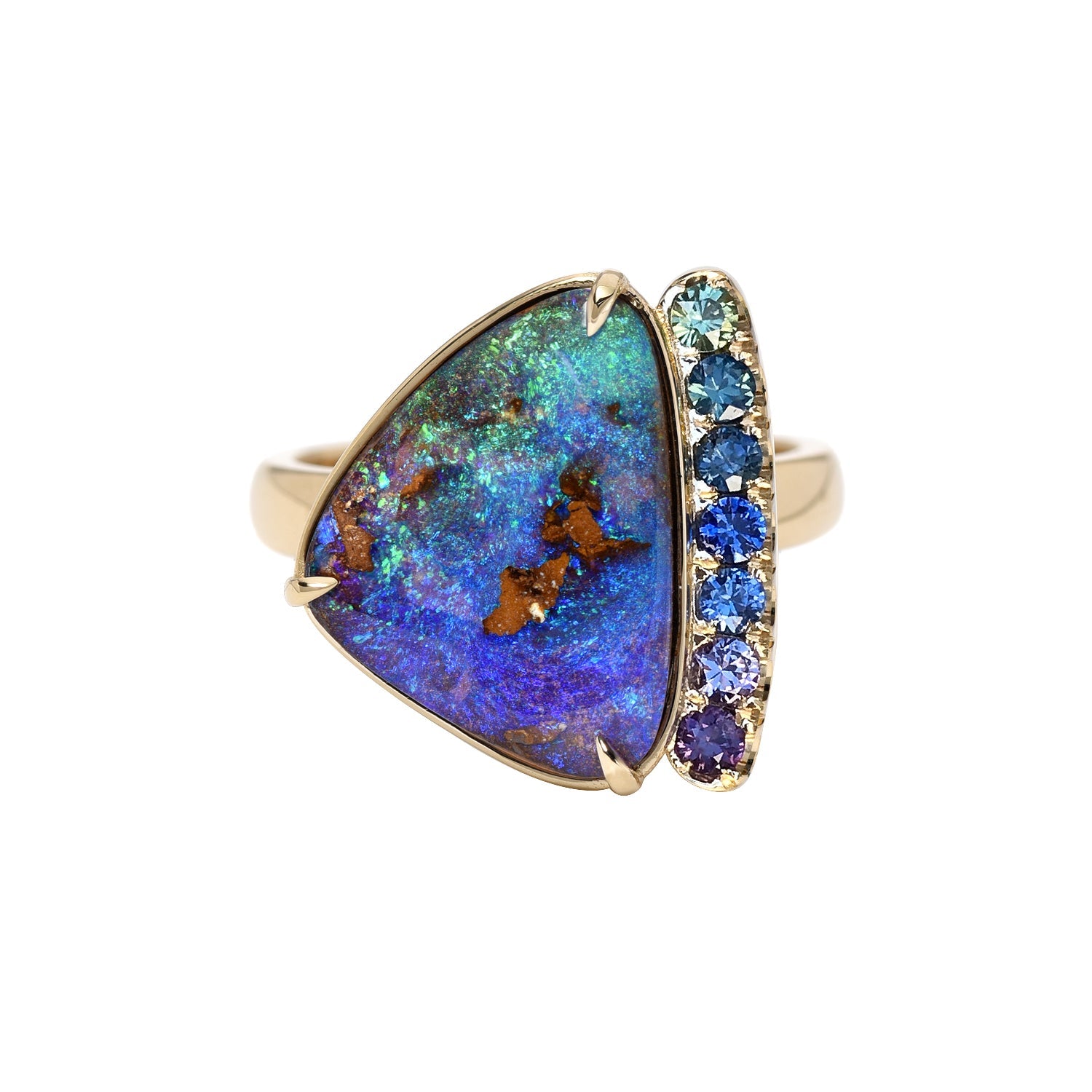95% of all Opals are mined in the greater Australian plains. Mining occurs in patches of rich land like New South Wales, in spots like Lightning Ridge, in mining towns that are heavily regulated and expertly manned not only by professional miners but by a governmental body that governs the excavation process to ensure ethical extraction of the gems and compliance with procedures. 95% of all Opals come from the Land Of Down Under. But what about the rest? What about that vestigial 5%? In today’s article, we’re going to talk about that branch of the Opal family. We’ll explore the vibrant, savage, sometimes bizarre history behind that small subsidiary grouping — in particular, the second biggest Opal producing nation in the world, Ethiopia. We’ll dive deep into the history of Opal mining in that African nation, explore the differences between Australian Opals and Ethiopian Opals, and provide you with a crash course on what to look for and what to be mindful of when shopping for Ethiopian Opal jewelry.
A small discovery in 1994 — Ethiopian Opals
There’s no doubt that Australia is the dominant force in the Opal market. For over 100 years this heavyweight has controlled much of the production and mining of this gemstone. Why? Because 95% of it is found within its borders. Not only that, but the creme-de-la-creme of Opals, the elusive and highly sought-out black Opal is primarily excavated in this area. Nevertheless, thanks to a discovery in 1994 in Ethiopia, that small, impoverished African nation is fast becoming a distant, yet influential player in the field.
Today, Ethiopia, thanks to further deposit discoveries in 2008 and 2013, is producing quality precious opals - different in make-up to their Australian cousins - that nonetheless have a spectacular play-of-color in a variety of patterns and body tones that can include base hues of brown, orange, red, yellow, white and even black.

The Bentley Oval Opal and Diamond Ring with faceted Ethiopian Opal
The original discovery, back in 1994, occurred on a chance dig in the Menz Gishe District in the northern sector of the Shewa Province and set the Opal market on fire. In a small dig site, while searching for minerals and limestone, a group of workers unearthed an Opal vein. Not only that, but one with a wide range of colors — including, but not limited to, red, brown, and orange.
The Opals in the Shewa Province are mostly found in stratified ingenious rocks, like tuff, ignimbrite, and rhyolite. Because so much of this material is unstable — it’s prone to crazing (a network of spider web-like cracks) — only the stable material enters the jewelry market. Named after their provenance, these Opals are often called “Shewa Opals” or “Mezezo Opals” when exchanged in commerce.
14 years later
For about 14 years, Ethiopian tradesmen made a small fortune on the Opals of Shewa Province. Still, it was a niche market. The vein was exploited solely by ambitious miners. It had little to no governmental support. The market, unlike Australia’s logistic heavy endeavor, was a somewhat amateur enterprise in comparison.
That all changed in 2008.

Map of Ethiopia --- Courtesy of the Encyclopedia Britannica.
In 2008, the most important Opal discovery in Ethiopia - to date - took place. It ignited that nation’s Opal venture and finally got the right people in office to take notice. The breakthrough, the before and after, occurred in the region of the Wollo Province near the town of Wegel Tena.
The prized find of Ethiopian Opals, its flagship gemstone, and the one it is most known for, was uncovered in this patch of volcanic rock. It is a vibrant Opal, with striking play-of-color and, unlike its Shewa peers, is a much more stable rock. This Ethiopian Opal quickly became known in the market as “Welo Opal.”
Welo Opal
Welo Opal (sometimes called “Wello Opal or “Wollo Opal”) is produced in a single spot of stratified volcanic rock. The Opal’s formation is likely a result of silica-bearing water, seeping through the pores of the volcanic rock, only to be trapped there by a layer of impermeable condensed clay, allowing Opal to form over time. The seam, which caused an uproar in the higher echelons of the government and which began the Ethiopian Opal craze, was at first estimated to be 350 meters long — today, after several excursions, further geological analysis, and peer-reviewed findings those numbers have been redacted – it is now estimated to be several miles and could become a major source of gem-quality Opal.

Wollo Opals --- Courtesy of Geology.com
A third and equally important deposit was later uncovered about 60 miles north of the seam in 2013.
The Pros and Cons of Ethiopian Opals
First, let’s talk about the key differences between Ethiopian Opals and Australian Opals. It’s critical to point out that mining in both countries is complex and challenging work. Each region has its unique characteristics. Miners in Australia have to apply for the proper paperwork, and go to a government-supervised area to dig deep into the earth’s surface. It is incredibly challenging work but at least it's guided by significant regulations and safety standards. In Ethiopia, mining for Opal is a bit more harrowing and adventurous. In many cases, miners have to travel deep into the Ethiopian hills, climb rough terrains, and deal with infectious diseases, hostile fauna, and violent bandits. Despite the difficult circumstances associated with their mining, Ethiopian Opals are cheaper to buy than Australian Opals. The difference in price is largely attributed to:
- Quality: While both types of Opals can be of good quality, Australian Opals are more consistently of better natural quality. Ethiopian Opals are often treated (ie: chemically, smoked, dyed, etc…), which devalues the stones. Not only that, but without strong government regulation, these stones are sometimes passed off to the consumer without disclosure of treatment — so it’s important to be informed and purchase from a trustworthy supplier.
- Market Dominance: Australian Opals dominate the market, so Ethiopian Opals must be priced to compete with them.
Another key difference between the two types of Opals is the hydrophane nature of Ethiopian Opals. What does that mean? Unlike Australian Opals that form under sedimentary conditions, Ethiopian Opals, given their volcanic formation, are more porous in nature and can absorb water. When this occurs, the Opals can become cloudy and their fire may dull or disappear entirely. Although allowing an affected Ethiopian Opal to dry out over a period of a week or two is supposed to restore its brilliance, there are occasions where their fire does not return to its original state, or where the base color changes as the Opal dries out. Australian Opals don’t have this characteristic. Why? This is because Australian Opals are not hydrophane — they naturally contain water, whereas Ethiopian Opals sponge up water from their surroundings.
Sometimes, Ethiopian Opal Jewelry, like an Ethiopian Opal Necklace that rests against the décolletage, may permanently shift in its base color (ie: white to orange) when the back of the stone comes into contact with skin. It’s not entirely clear if this reaction is due to something the user is wearing (like lotion or perfume) that the Opal has absorbed, their unique pH levels, an Opal that was not properly cured, or some combination of the above. Given the difficulty in preemptively identifying which Ethiopian Opals might become problematic, it would be prudent to inquire — prior to purchase — about vendor policies should this become an issue.
The reality is that no two Opals are the same, no matter what type or where you source them from. In fact, Opals dug out from the same excavation site, right next to one another are still entirely unique from one another. Ultimately, the type of Opal you should purchase really depends on what you like best and what suits your needs. To sum up our discussion of Ethiopian Opals, they are mined according to looser regulations than their Australian counterparts, they offer a beautiful play-of-color, and they are available at a budget-friendly price point. Their attractive price alone manages to capture the imagination and wrangle in more than a few aficionados.
Are you an Opal lover? Here at NIXIN Jewelry, we’re dreaming up new Opal jewelry on the regular ~ Come find your One of A Kind.





